Canon Photo Paper Pro Luster Review
In the past, my mainstay paper has been Canon’s Photo Paper Pro Platinum. It’s a gloss paper that I find generally works quite well for reproducing color and detail at the level at which I’m printing. However, being a gloss paper, it does have some limitations. The biggest of those are that it reflects everything in perfect detail. It’s also relatively expensive for a mid-level paper, at just under $3 for a 13 x 19 print.
Solving the surface reflection issue is a matter of moving to a more matte surface. I already tried, and spoke briefly about, Canon’s Photo Paper Plus Semi-Gloss. After having made a dozen or so prints on in, it’s not a bad paper. At the same time, it didn’t knock my socks off so much that I needed to order box instead of trying something else.
Fortunately, Canon offers two verities of semi-gloss papers. The Plus Semi-Gloss is one, the other is the Photo Paper Pro Luster.
Sorting out Canon’s Papers
Canon’s matrix of photo papers is, quite honestly, confusing. The names of their papers indicate there are at least 3 distinct non-fine art lines: Photo Paper, Photo Paper Plus, and Photo Paper Pro. On the other hand, if you look at the pricing many of the Plus and Pro papers are priced identically or nearly identically.
For example, Canon’s two semi-gloss papers are the Photo Paper Plus Semi-Gloss, that lists for $99.99 for 50 A3+ sheets; the other is Photo Paper Pro Luster, and it lists too for $99.99 per 50 A3+ sheets. If you go on the names, you’d suppose that one should be better than the other. If you go on price, the difference might not be so much?
So what gives?
| Entry Level | Plus | Pro | Fine Art | |
|---|---|---|---|---|
| High Gloss | Photo Paper Plus II Glossy | Photo Paper Pro Platinum | ||
| Gloss | Photo Paper Glossy | |||
| Semi-Gloss | Photo Paper Plus Semi-Gloss | Photo Paper Pro Luster | ||
| Matte | Matte Photo Paper | Photo Paper Pro Premium Matte | ||
The best I can work out, is that Canon’s paper matrix looks something like the above chart. However, looking at things like weight, surface texture, image quality, and so forth, it’s not entirely clear that at least some overlap in the Plus and Pro lines.
To be honest, after spending a lot of time looking at the various qualities of various papers, at least to the extent I can, I’m not at all any more clear on what Canon’s logic is with their papers.
Brightness and Optical Brightening Agents
Brightness quantifies the amount of incident light the paper will reflect. It’s given on a scale of 0 to 100, where 0 would indicate that the paper reflects little to no light, and 100 indicates the paper reflects all of the incident light.
Canon lists the brightness of the Pro Luster paper as 92 using the ISO standards for brightness. It’s not as bright as the Pro Platinum (98 brightness) and is a little brighter than the Photo Paper Plus Semi-gloss (91 brightness). It’s also the same brightness as the Pro Premium Matt paper.
Because the brightness is less than 100, it doesn’t appear that Canon is using Optical Brightening Agents (OBAs) in this paper. This in turn means that the paper shouldn’t change color or brightness with fluctuations in UV levels in the environment. This is obviously a good thing for printers, as it means that you don’t have to worry about the paper’s response is more stable with changing light levels.
I’ve tested this paper for the use of optical brightening agents (OBAs). These agents increase the apparent brightness of papers by absorbing UV light and reemitting it as blue light in the visible spectrum. OBAs aren’t inherently bad, but they can be problematic. Moreover, in a framed fine art situation, where the print is behind UV blocking glass, their inclusion is largely pointless.
Where OBAs can cause problems is with generating profiles using a reflective spectrometer. If the device includes a UV-cut filter or a source that produces no UV light (such as a white LED), then the resulting profile is incapable of compensating for the shift that the increased blue from the OBAs creates. Papers without OBAs can be properly profiled with any spectrometer, namely the inexpensive ones like the SpyderPRINT or ColorMunki Photo.
Testing for OBAs is simple enough if you have a UV flashlight. The presence of OBAs will cause the paper to glow brightly blue, while OBA free papers will remain dull.
In the following image the large sheet of paper with the print on it is Canon’s Photo Paper Pro Luster. The small 8.5×11 sheet on the left is Moab Entrada Rag natural (no optical brightening agents) and the 8.5×11 sheet on the right is a sheet of bright white typing paper.
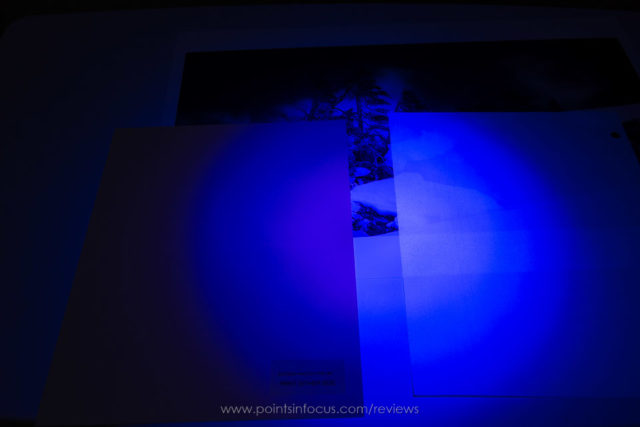
In the test, the Pro Luster paper appears to fluoresces more strongly than the OBA free Moab Entrada Rag Natural, but not as much as the bright white typing paper.
In my interpretation of the test, is that it appears that my earlier supposition that the paper doesn’t contain OBAs is probably accurate. The differences in surface brightness between the Moab paper and the Canon paper is likely due to the Canon paper being Luster and the Moab paper being matte. Also notice that the Canon paper doesn’t really differentiate it self from the table and does from the whithe typing paper.
I suspect based on this test, though I can’t be completely sure, that Canon’s Photo Paper Pro Luster doesn’t use OBAs, and therefore can be profiled accurately with any spectrometer.
Color Gamut and Reproduction
I don’t have the hardware to do any kind controlled quantitative measured color reproduction and gamut tests. Instead what I’ve done in the past is take the Canon supplied color profiles and use them to determine the in and out of gamut colors on a granger rainbow. This is certainly not a precise approach the looking at the color performance of papers, at the same time, it does give some inkling about the relative performances one can expect between to papers on the same reference printer (I use the Canon Pixma Pro 9000 mark II for this as it’s the printer I use for printing too).
The first thing that I found surprising is that the color gamuts the Pro Luster and Plus Semi-Gloss papers represented matched identically. I’ve never seen this before, though this is the first time I’ve looked at two papers as close as these two.
This could be an error in Canon’s ICC profiles, though the prints I’ve made on the Luster paper don’t appear to have any color errors. The other possibility is that the two papers are intended to be differentiated only by level of surface glossiness.
Otherwise, the color gamut falls exactly where I expected it to, between the high-gloss, and more expensive, Pro Platinum and the full matte Pro Premium Matte.
Surface
The surface finish for gloss and semi-gloss papers is accomplished by controlling the application of a resin coating. For a full gloss paper, the resin applied as smooth as possible. For a semi-gloss finish, the resin’s texture is varied at a small scale to reduce the direct specular reflections and increase the amount of diffuse reflections.
In an attempt to compare the performance of the Platinum, Luster, Semi-Gloss, Matte papers I’ve setup a test that mimics how a gloss meter would measure. Only this is a qualitative test, not a quantitive one.
For the first test images, I have a light source and the camera both set at 45° to the surface of the paper. Thus the camera is on axis for the reflected light. Note all of the test images in each set are identical crops from the same composition. The on axis test has the camera and light at about 45° to the paper, the off axis test has the camera about 45° away off angle to the alignment of the on axis test.
On one hand, the pebbled surface, minimizes the amount of direct reflection. On the other had, the sparkles can be quite distracting too. Moreover, between the gloss and semi-gloss finishes, I’m not sure which is more problematic. The pro platinum’s reflection is much more distracting, but it covers much less of the image area. On the other hand, the Pro Luster’s reflection is much less severe, but it spreads out over more of the image area.
The more interesting comparison is between the Plus Semi-Gloss and the Pro Luster. Both of which have a sparkly specularity about them, with the Plus Semi-gloss being every so slightly more subtler than the Pro Luster.
In any event, even with the reduced glossiness of the surface, it’s still necessary to be mindful of the angle formed between the lighting, the print, and the viewer to optimize the viewing experience.
Next I wanted to look at off axis performance. Since the pebbled surface can potentially reflect light in directions off axis, I wanted to see whether the sparkle effect shows up as I move off axis and how far off axis that continues.
In practice, I have a tendency to hang prints of whatever suits my mood around my work area. When I was only printing on gloss Pro Platinum paper, without carefully controlling the angle between me, the print, and the lights illuminating them, distracting reflections were always a problem. However, since I’ve been playing with these semi-gloss papers, they can be much more resistant to those off-angle reflections.
Weight and Feel
Canon lists the weight for the Pro Luster paper as 69.2 lbs, or in more sane units 260 GSM. The typical weight range of good quality photo papers is 200–300 GSM, so the Pro Luster paper falls right in the middle of that range.
Feel is far more subjective. On one hand, at least for archival purposes, you really shouldn’t handle printed images, as the oils on your hands will gradually degrade the images over time. On the other hand, the tactile experience of being able to handle and share a print with friends and family is, at least if you ask me, hard to beat.
The luster surface of the Pro Luster paper doesn’t show finger prints, so it’s much more conducive to being handled in that respect than it’s high gloss cousin Pro Platinum. The semi-gloss surface also feels a little better in the hand, at least in the sense that it’s not as “tacky” to the touch. That said, it’s a far cry from the tactile experience of a fine art cotton rag paper.
Drying
All inkjet prints require some time after they’ve come out of the printer to fully dry. Though resin coated papers, like the Pro Luster, do a very good job of drawing the ink and solvent into the coating via capillary action, the solvent still has to fully evaporate before the image settles to its final colors. That said, while this is drying, prints on this paper come out of the printer, dry to the touch. This drying stage is really necessary to fully set the colors and evaporate the remaining solvents, not necessarily to handle the print.
Canon’s instruction sheet indicates that prints made on this paper will be sufficiently dry to be stacked with an intermediate sheet of plain paper after 15 minutes, and will be fully dri`ed in 24 hours.
I would recommend waiting the full 24 hours before framing or making measurements with a spectrometer. In previous trials, I’ve seen small but noticeable color shifts in prints on Canon RC paper (Pro Platinum and Plus Semi-Gloss) over the first 20 minutes or so after they’ve come out of the printer.
Conclusions
I’m a bit mystified at why Canon offers both a semi-gloss and luster paper in their product line. Their performance is very nearly identical in any respect I can observe or test for. The biggest differentiating factor is the surface finish, and even there the differences aren’t that significant.
That said, choosing the right paper is partly a matter of personal taste and partly determined by the situation it’ll be used in.
On the personal taste front, I’m not the biggest fan of the Pro Luster paper. I do keep a box on hand for instances when I might need it. However, for the kinds of prints I’m doing, and in the way I intend for them to be experienced, a matte paper like Canon’s Pro Premium Matte is a better choice for me.
That said, given the color gamut and better controlled reflections, I do prefer this for most tasks over the Pro Platinum that was my former go to paper.
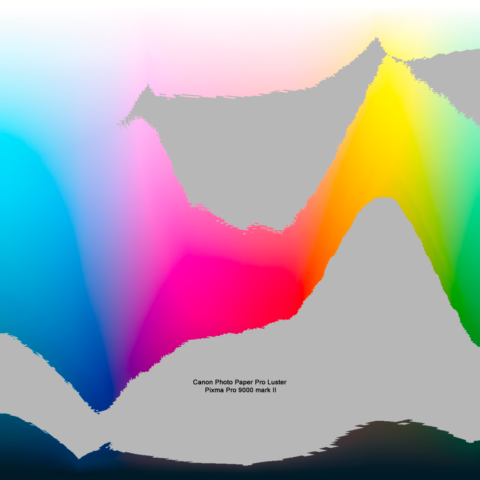
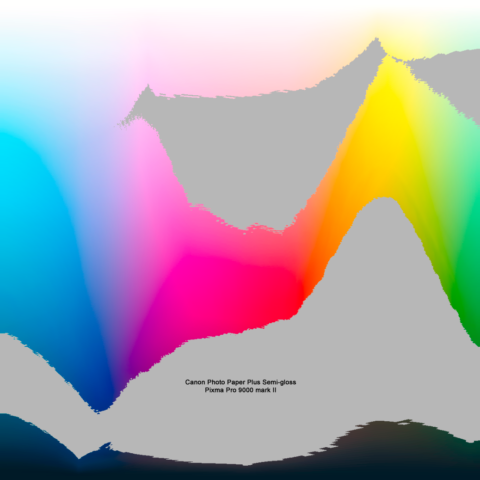
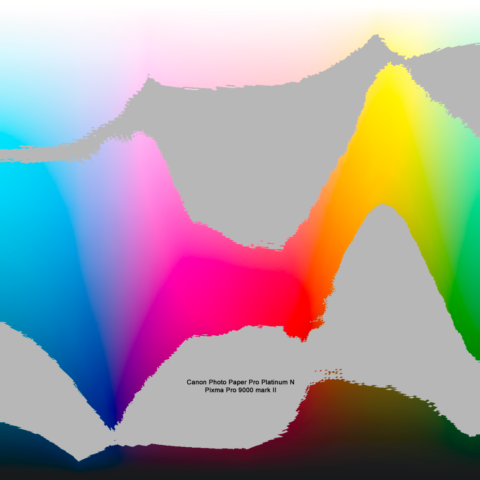
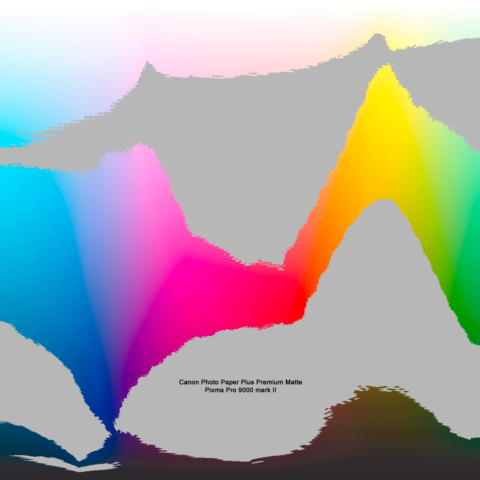
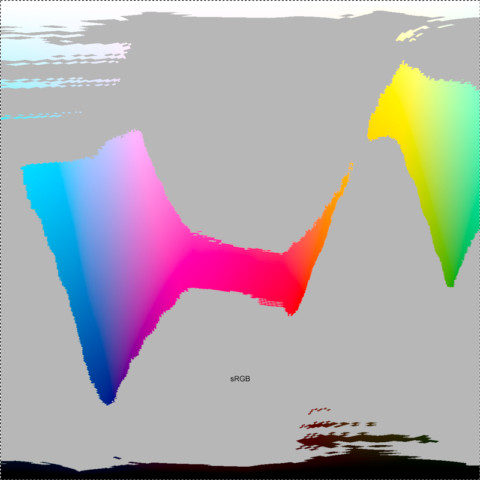
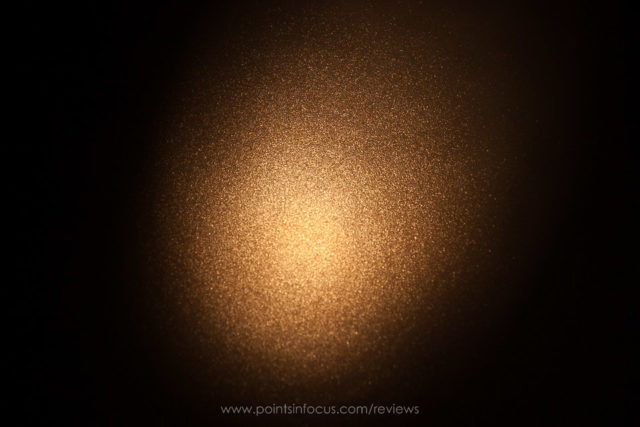
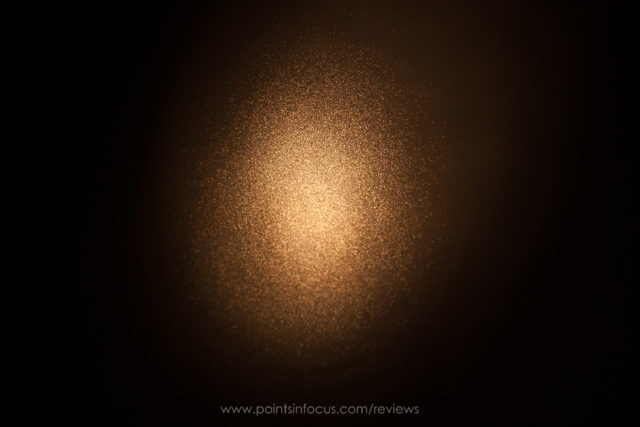
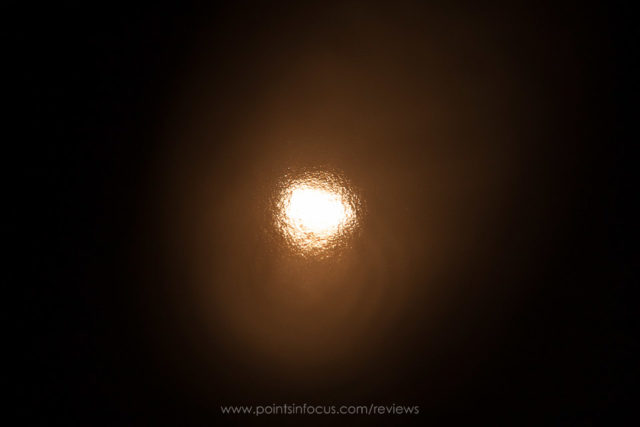
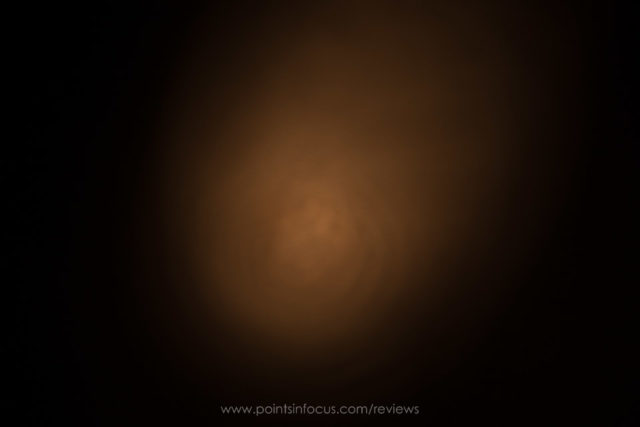
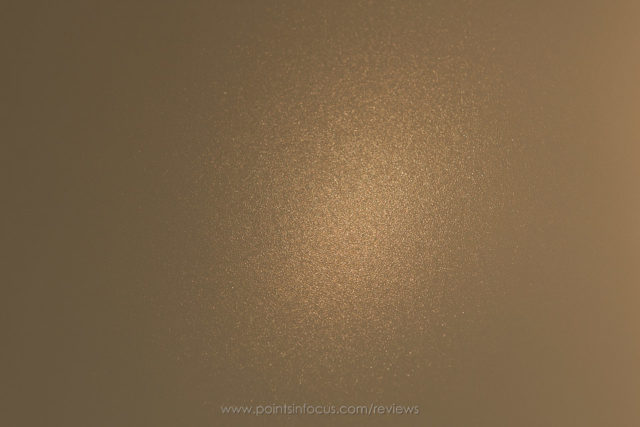
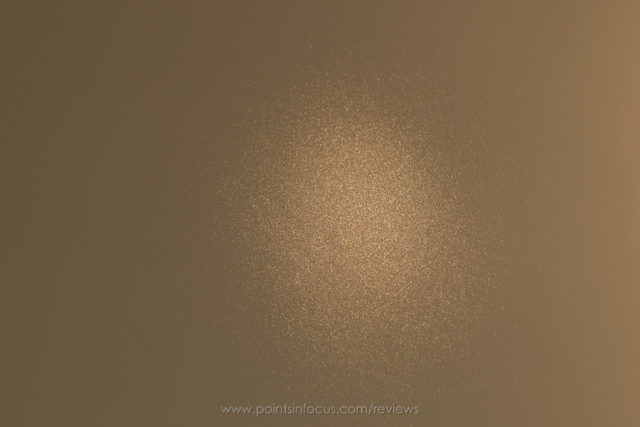
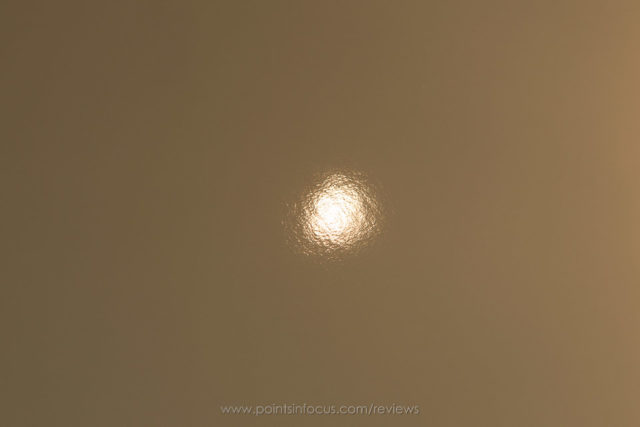

Comments
Well written and thorough review .
One quick question about the Pro Lustre paper . I’ve printed a fair bit with it this yr and love the results , but nowhere in the packaging or on their site do they confirm whether the paper itself is of an archival quality . Would you happen know off hand?
Thanks, Dom
Interesting question.
Off hand no, I’m not aware of whether or not the papers are “archival”, or if they are under what standards.
That said, I’m also not entirely sure what “archival” means when it comes to papers and prints. I’m not sure ISO 11108 applies to photographic prints (given the folding requirements), and I’m not sure if there’s a specific ISO standard for archival photo papers. Presumably by archival, you mean acid/lignin free, with high image permanence ratings.
Again, I don’t have specific information for the Pro Luster, but there is some information for the Plus Semi-gloss and Pro Platinum. Of course, the actual permanence of an image is going to depend on environmental factors and the inks used. However, Wilhelm Imaging Research has done tests on the a fore mentioned papers on various printers.
Sources:
All that said, I would expect the Pro Luster paper to fall in about those time frames. At least I would be surprised to see a radical departure from those time frames for this paper.
Thanks for your research and clear opinions, I been taking in your information and I’ve recently watched a great presentation from B&W on YouTube that provided in depth info. It all has help me to better understand the tripartite process of photography. Shoot, process and print. Papers have an incredible variety these days.
What I liked about your write-ups is the fact that they are thorough with out being to deep. I got a lot out of them. I should note, that I’ve been using Canons Luster for about a year. The results have been satisfying.
Thanks
Thanks , I appreciate the thoughtful and informative response .
I’m printing on a Pixa 6520 printer with Chromalife 100+ ink so that’s helpful to know .
Cheers, Dom
Errata?
In Weight and Feel, you may have meant to write “tactile” instead of “tactical” .
Good job, I’m used to Epson high end papers but experimenting with Canon Pro Luster. As you note here the product line is confusing, you cleared up some of my confusion. Wish they published better specs.
Thanks.
Wow, tactical photo paper, that’s an amusing mistake on my part..
Thanks for pointing out the error, it’s fixed. It would be nice if spell checkers were a tad smarter about which words made sense where and which words didn’t. Of course, I should have caught that in proof reading too, though all too often I read what I meant not what I wrote.
I agree on the specs, actually it would be nice if photo companies would provide better information across the board; not just on paper, printers, cameras, displays, etc.
Hi there, I have a Canon Prograf 1000.
I make full colour prints of drawings from photoshop, and the paper sample that came with the printer was the Canon pro lustre and it’s excellent. I appreciate your thorough review. I wonder what other papers might be comparable, that people have tried? I wouldn’t want a glossy finish, so something mat or semimatte, when I try to print on final paper, the colours are just terribly dull.